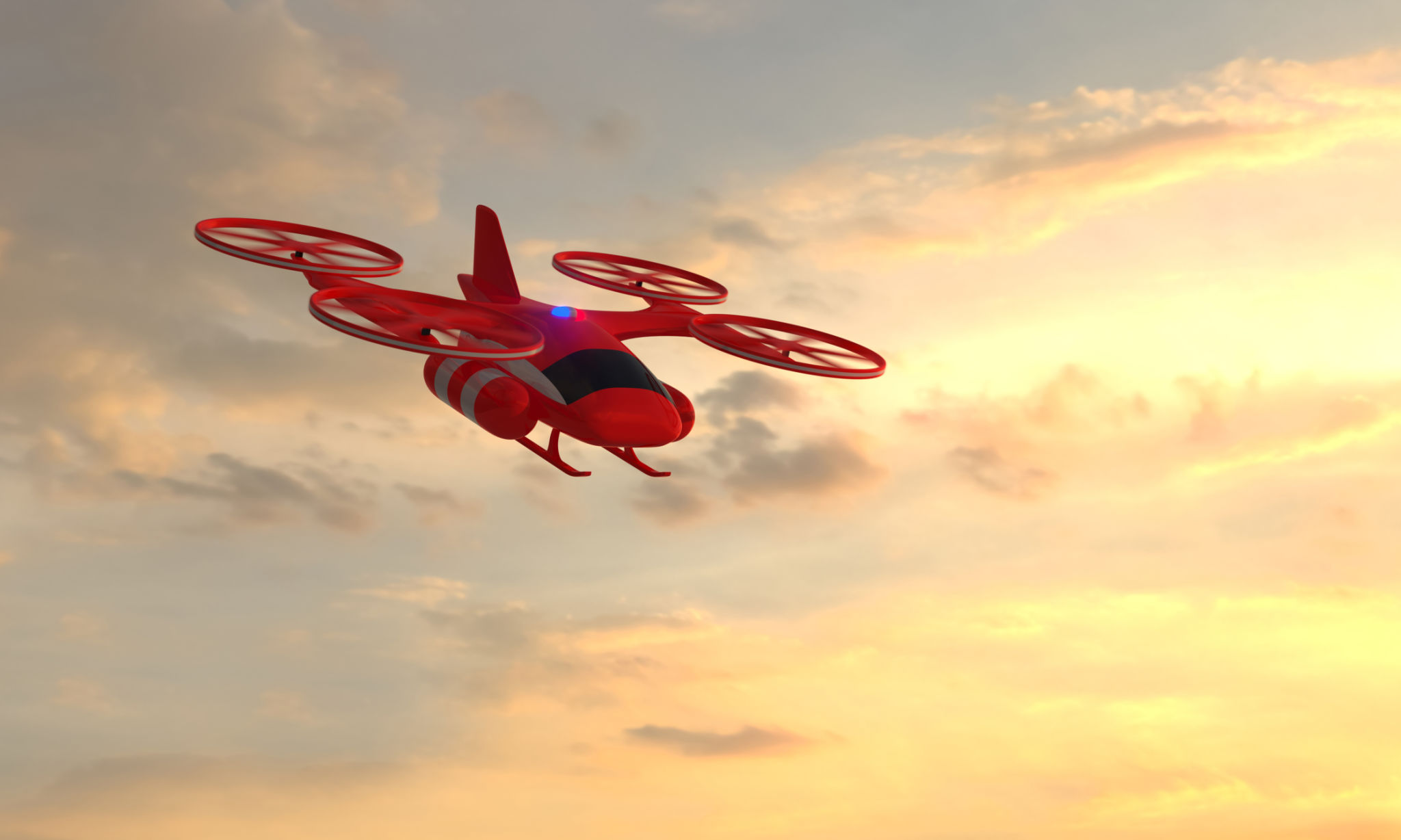Harnessing the Power of Drones for Rescue Operations in the UAE
Introduction to Drone Technology in Rescue Operations
In recent years, drones have emerged as a groundbreaking tool in various sectors, including rescue operations. The United Arab Emirates (UAE) is at the forefront of this technological revolution, utilizing drones to enhance the efficiency and effectiveness of their rescue missions. With their ability to access hard-to-reach areas and provide real-time data, drones are transforming how rescue teams operate.

The Role of Drones in Search and Rescue Missions
Drones are particularly beneficial in search and rescue operations due to their versatility and advanced capabilities. They can cover vast areas quickly, providing aerial views that help locate missing persons or assess damage in disaster-stricken areas. Equipped with high-resolution cameras and thermal imaging, drones can detect heat signatures, making them indispensable during night operations or in challenging terrains.
Moreover, drones can relay live footage to rescue teams, allowing for better decision-making and coordination. This immediate feedback loop is crucial in time-sensitive scenarios where every second counts. As a result, drones are not just an asset but a necessity for modern rescue missions in the UAE.
Advantages of Using Drones in Rescue Operations
The use of drones in rescue operations offers several key advantages:
- Rapid Deployment: Drones can be quickly deployed to disaster areas, providing immediate situational awareness.
- Cost-Effective: Compared to traditional aviation resources, drones are a more economical option for monitoring and data collection.
- Safety: Drones can operate in hazardous environments without putting human lives at risk.

UAE's Commitment to Drone Innovation
The UAE is committed to integrating cutting-edge technology into its public safety infrastructure. The government has invested significantly in drone technology, developing regulations and training programs to ensure their optimal use in rescue operations. This forward-thinking approach not only enhances the country's emergency response capabilities but also positions the UAE as a leader in technological innovation.
By fostering partnerships with tech companies and research institutions, the UAE is continually improving drone technology, ensuring that its rescue teams have access to the most advanced tools available.
Challenges and Considerations
Despite the many benefits of using drones for rescue operations, there are challenges that need to be addressed. Issues such as airspace regulation, privacy concerns, and technical limitations can impact the effectiveness of drone deployments. Ensuring that operators are properly trained and that drones are maintained is crucial for successful missions.

Additionally, collaboration between government agencies and private sector partners is essential to overcome these challenges. By working together, stakeholders can develop solutions that maximize the potential of drones while addressing any regulatory or logistical hurdles.
The Future of Drones in Rescue Operations
The future of drones in rescue operations in the UAE looks promising. As technology continues to evolve, drones will become even more sophisticated, with capabilities such as AI integration for autonomous decision-making and enhanced data analytics. These advancements will further improve the efficiency and effectiveness of rescue missions, ultimately saving more lives.
Continued investment in research and development will ensure that the UAE remains at the cutting edge of drone technology, enabling faster and more effective responses to emergencies.
Conclusion
Drones are revolutionizing rescue operations in the UAE by providing rapid, cost-effective, and safe solutions for emergency response teams. As technology advances and challenges are addressed, drones will play an increasingly vital role in ensuring public safety. The UAE's commitment to embracing this technology underscores its dedication to innovation and excellence in emergency management.
